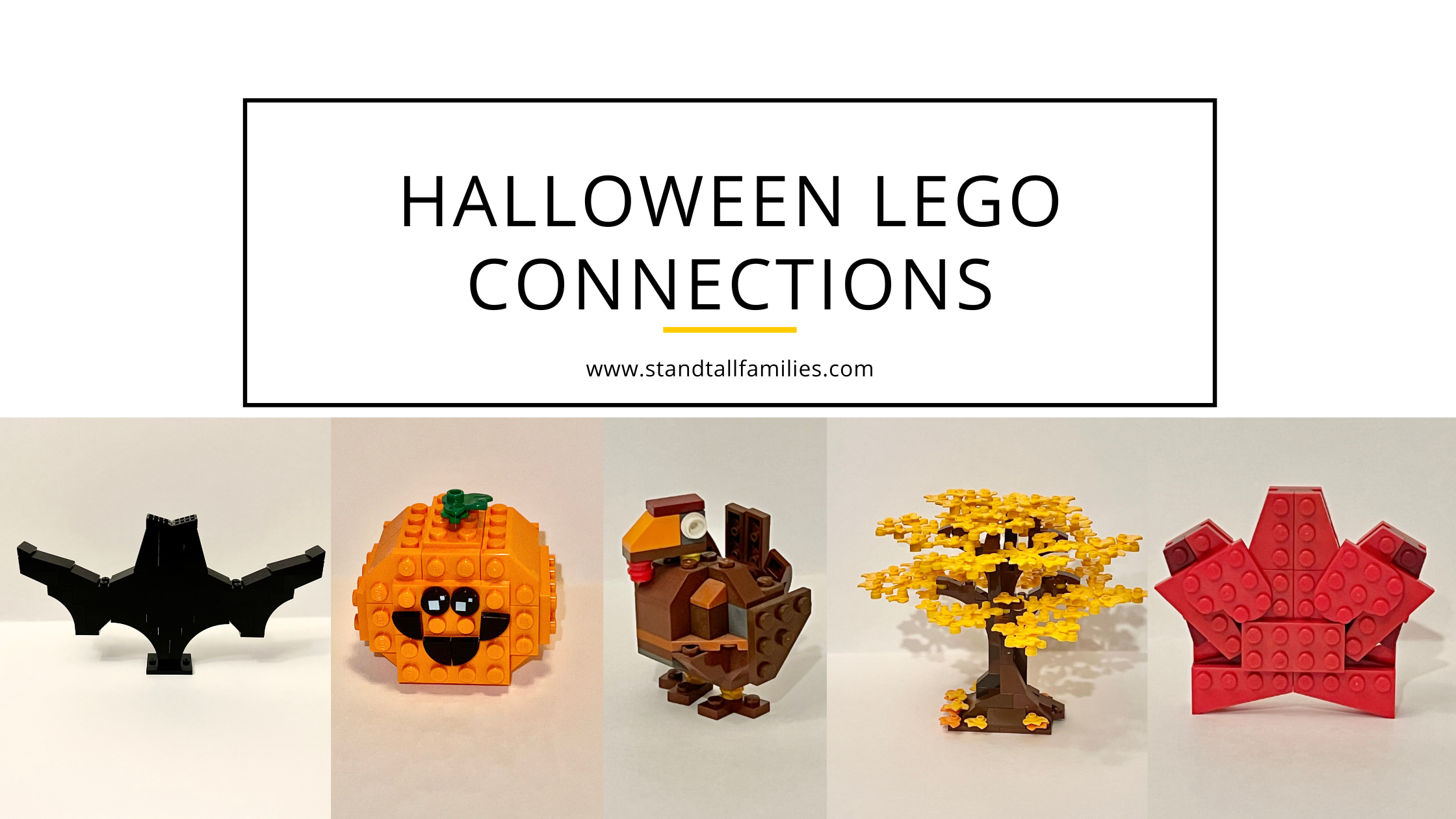
Magical moments can be hard to find but seasonal happenings provide wonderful opportunities to lead your child to attain the skills they need. This post is about overcoming fear and learning how to sit still (that would be magical). There’s no better time for spooky fun than Halloween.
To be sure, some people take the “spooky” a little too far for little ones but it’s a chance to show them the first steps towards managing fear. Halloween activities with mom or dad create an environment that embraces the fun parts of the holiday. That refocuses a child’s attention from the anxious to the enjoyable. Costumes, candy, cats, bats, jack’o’lanterns, and jump scares (in moderation) are lots of fun.
In “Curious George: A Halloween Boofest”, a family fav for the Hogues, there’s a song about jumping out and saying boo. Feeling inspired, my son and I would wait for his mom and jump out to startle her. That was loads of fun for him. The underlying element that is important to note here is that he scared his mom, not the other way around. I saw a reel yesterday of a grown man with a mask on chasing a preschooler. All I could think was, “That kid’s coming to see me in counseling someday.”
My personal favorite activity is always Lego-related. Building your imagination may be the most magic Halloween has to hold. We’ve included some pictures of small builds that are fall/Halloween related just for reference. I recommend letting your child know that you are going to build something fall/Halloween related and they get to pick it.
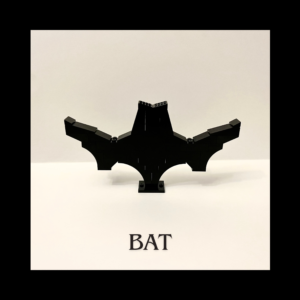
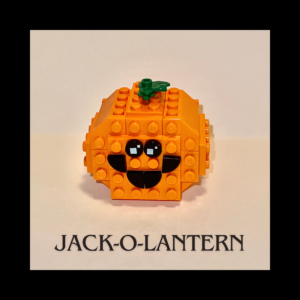
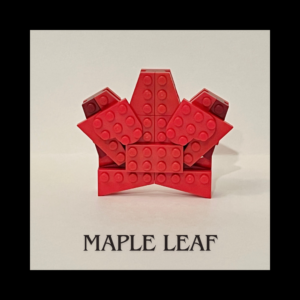
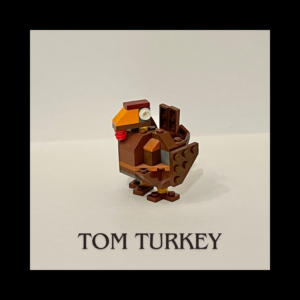


It does not matter what they choose to build or how they choose to build it. Your job is to present and describe what they’re doing, and here’s why. If a child is told to color a picture of a jack’o’lantern, most will finish it fairly quickly. Any child that has an adult paying attention to them as they are sitting still, focused on that project will milk it for all it’s worth. They will create intricate face designs, include vines, and color in the nighttime sky, complete with moon.
Every time a child sits still and narrows their focus, they are exercising the parts of their brain that are responsible for that. The more those functions are used, the stronger they become. It’s not an overnight change but kids tolerate paying attention better if parents are doing this often. Amazingly, this type of change takes root and goes with the child into other situations and places like school, soccer practice, or grandma’s house.
Descriptions can be simple for kids 6 and younger. Simply talk about what they are doing with their hands and keep it coming. Even if it sounds like the most redundant, obvious speech you’ve ever heard, they won’t care. Kids that young are too obsessed with the attention they’re getting. For example, “You chose the orange blocks.” and “You put the green block on the orange block.”
WIth kids 7 and above, you need to start reading the intention of what they’re doing, what they’re trying to do. For example, “The orange blocks were a good choice for a pumpkin.” and “You put the stem on top of the pumpkin.”
Building with Lego builds connections and I love the beauty in that. I was told a long time ago that kids spell love “t-i-m-e” and creating together with Lego is my favorite to spend time. Now go have fun with your favorite kids.
